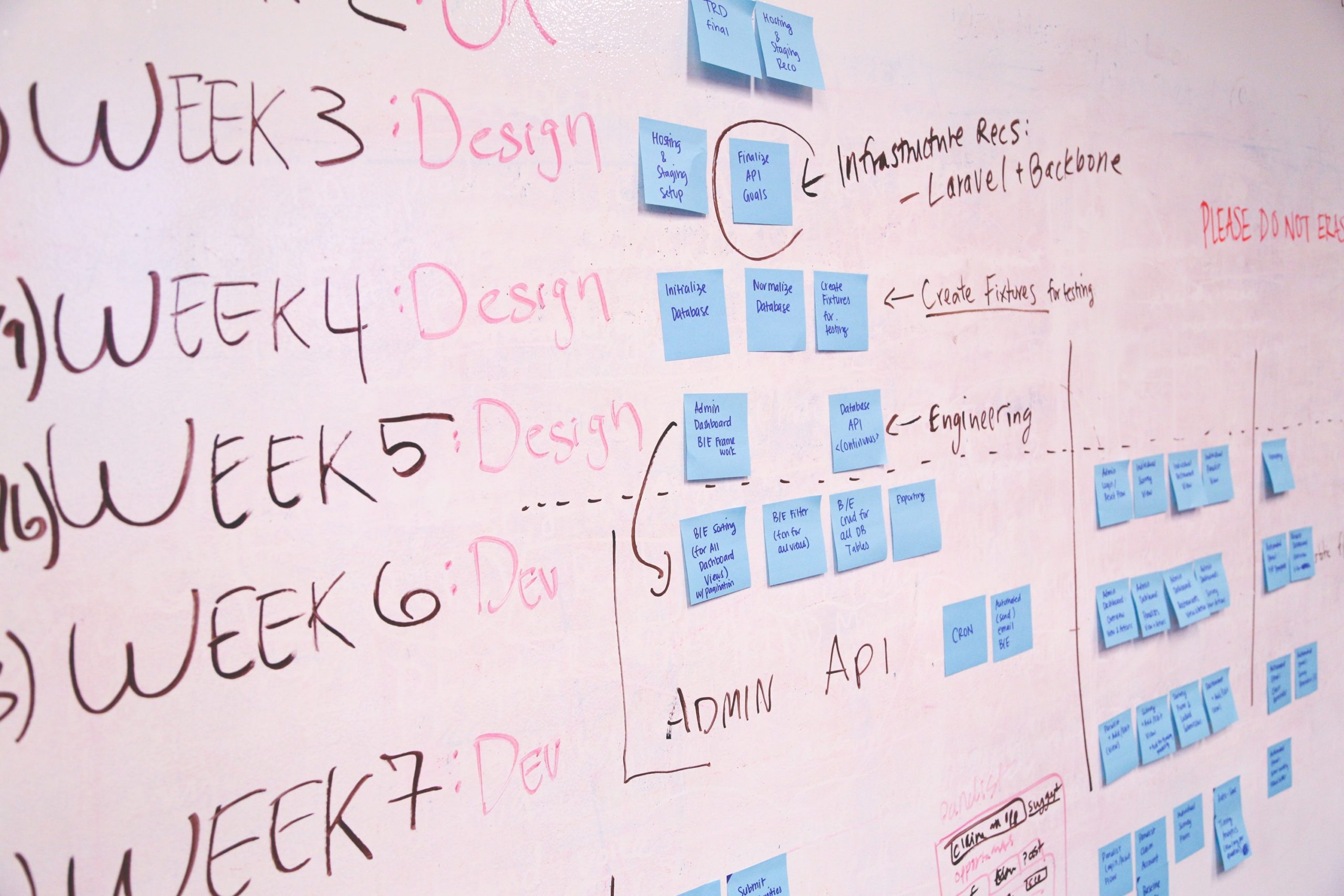Congratulations! You’ve just bought a brand new product into your martech stack. It’s not just any product either, it’s Pardot – which opens you up to a new world of automation possibilities. Now you’ve just got to implement it… So what should you do first? How do you make sure you don’t miss something critical when configuring your account? If you’re anything like me, you’ll want a comprehensive checklist of what to do next. As Pardot implementation specialists, we’re here to help you make sure you get it right first time.
1. Your team
Getting the right team in place for your Pardot implementation is key. You’re going to need buy-in from both your marketing and sales teams. If you have a team that manage your website separately, get them involved. The best thing you can do for your teams at this stage is get them excited. The system you’re implementing is designed to automate, but you can only start to optimise process if you understand what everyone is doing.
Decide whether you’re going to enlist outside help. This might come in the form of a consultancy, or you may have the skills in-house already. Whichever way you go, get the right people in seats around the table.
Set yourselves timelines and objectives. At Nebula, when we do implementations we always kick off with a project plan call, and ensure to set objectives. We’ll find out what’s important to our customers, and we usually find that there are areas that haven’t been considered yet, so really try and cover your bases!
2. System Configuration & Integrations
This is a huge area, and the way you configure your system during this implementation phase will determine a lot going forward. Typically, you should be looking at the following areas:
- Salesforce – Pardot connector – this doesn’t just involve looking at your connector set up, it also covers fields, and sync behaviour management, as well as campaign configuration.
- Pardot – Website integration
- Form integration
- Domain Management – This includes Email Sending Domains and Tracker Domains.
- Native Connectors
If all of this seems a bit overwhelming – get in touch!
3. Prospect Management
Making sure your prospects are taken care of is vital for Marketing Automation success. How are you going to do all that lovely segmentation otherwise? Make sure you cover the following in your implementation:
- Data Migration – This is key, especially if you’re moving from another platform rather than starting from scratch. For example, you’ll need to make sure you carry over the marketing preferences from another platform. Your prospects shouldn’t be impacted by your move.
- Unsubscribe page / Email Preference Center
- Opt-in process
- Scoring and Grading models
- IP warming!
4. Asset Builds
Now you’ve got your set up and prospect management sorted, you’ll be needing a way to communicate with your prospects. Asset build is the more traditionally creative section of a Pardot Implementation. You’ll want to use your brand guidelines here to start developing:
- Email Templates – If you don’t have anyone on your team who has worked with Pardot templates before (not recommended!), then check out this beginners guide.
- Landing Pages – Pardot landing pages builds also work slightly differently – check out our optimisation guide.
- Engagement Studio Programs – Be careful when building these as part of an implementation. When we do implementations at Nebula, we like to run an Engagement Studio Workshop first to make sure our customers get the most out of the tool.
5. Reporting
Your Pardot set up needs to be able to serve your reporting needs. If you want to report based on a custom field, you will need to make sure that field exists!
It’s also important to understand what reporting you will be able to get from within Pardot itself, and what reporting you would be better off doing in Salesforce. For example, will Pardot asset reporting be enough, or do you want to start by utilising Salesforce reports or B2B Marketing Analytics?
6. Training
Get your team trained. Adoption of Pardot and Salesforce is infinitely higher when proper training is done. For a Pardot implementation, I’d split training into three key areas:
- Admin user training: Training for anyone who will be administering your Pardot account. These people need training on all settings, prospect data and modules.
- Marketing user training: Training for users who will have access to prospect data and marketing modules, including creating lists, forms, landing pages, and sending list emails.
- Pardot for Sales training: Training for your Sales team. This is incredibly important as it provides an opportunity to show your Sales team those Pardot features they’ll love.
Implementation Tips:
- Don’t try and do all of this in-house unless you have Pardot specialists on-hand. Find yourself an implementation partner.
- Prioritise. There are going to be steps that you have to take first in order to make sure you’re set up properly.
- Start small and build up. There’s no point trying to implement Scoring and Grading models unless you’ve done the work to get them right.
- Iterate and optimise, especially with nurture programs. It’s always easier to add to an Engagement Studio than try and re-work something overcomplicated.
- Go through an IP warming process. I can’t stress enough how important this is for your sender reputation. It will also help with getting your emails delivered.
You may have guessed by now, but here at Nebula, we love an implementation project. So, if you’re looking for an implementation partner, look no further! We’d love to help you get up and running with Pardot. Get in touch with us today.

